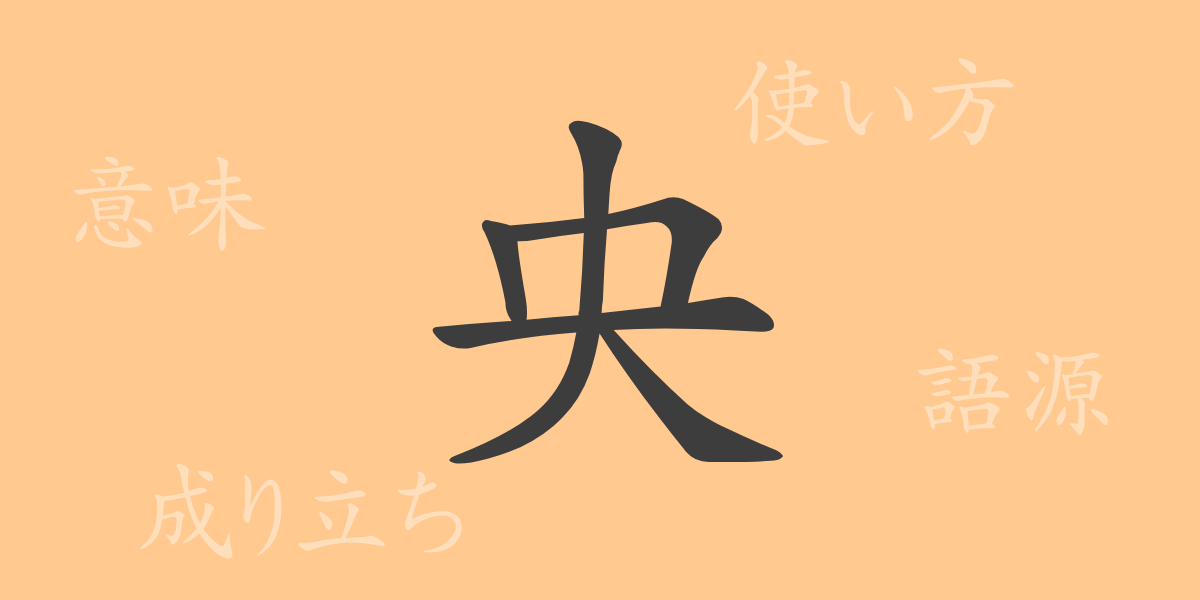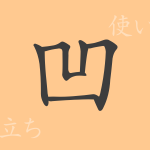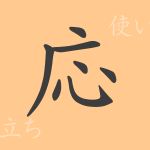“
The beauty of the Japanese language is also reflected in its delicate and complex writing system. The common kanji character “”央”” ( ō) is used in various expressions due to the unique charm of its shape and sound. In this article, we will delve into the origin, meaning, usage, and importance of “”央”” (ō) in the Japanese language.
The Origin (Etymology) of 央 (Ō)
The kanji “”央”” ( ō) has evolved from ancient Chinese pictographs. Originally used as a word meaning “”center”” or “”middle,”” it has a shape that draws a line in the center to indicate the middle point. This simple yet powerful shape visually expresses the image of striking at the core of things.
The Meaning and Usage of 央 (Ō)
“”央”” ( ō) primarily means the center or middle, not only referring to physical locations but also metaphorical centers or key points. It can also be used to mean “”to request”” or “”to demand,”” indicating situations where someone strongly asks for something from others. Thus, “”央”” (ō) is a kanji character that is utilized in diverse scenes in terms of its usage.
Reading, Stroke Count, and Radical of 央 (Ō)
“”央”” (ō) has several readings in Japanese, but the most common is the on’yomi reading “”ō.”” The kun’yomi reading is not frequently used.
- Reading: On’yomi – ō / Kun’yomi – (none)
- Stroke Count: 5 strokes
- Radical: 大 (Dai)
Idioms, Phrases, and Proverbs Using 央 (Ō) and Their Meanings
Idioms and phrases containing “”央”” (ō) strongly reflect the breadth of its meaning. For example, “”中央”” (Chūō) literally means the center, while “”央求”” (ōkyū) signifies making a strong request. Additionally, “”心央”” (Shin’ō) refers to the center of one’s heart, implying a deep, heartfelt meaning. These expressions demonstrate the richness of the Japanese language and the central role played by “”央”” (ō).
Summary of 央 (Ō)
The kanji “”央”” (ō) weaves many meanings from its simple shape and plays a significant role in the Japanese language. This character, frequently used as an expression indicating the center or core, symbolizes the power of words. From physical locations to the depths of the heart, “”央”” ( ō) adds depth and breadth to our language.
“

























